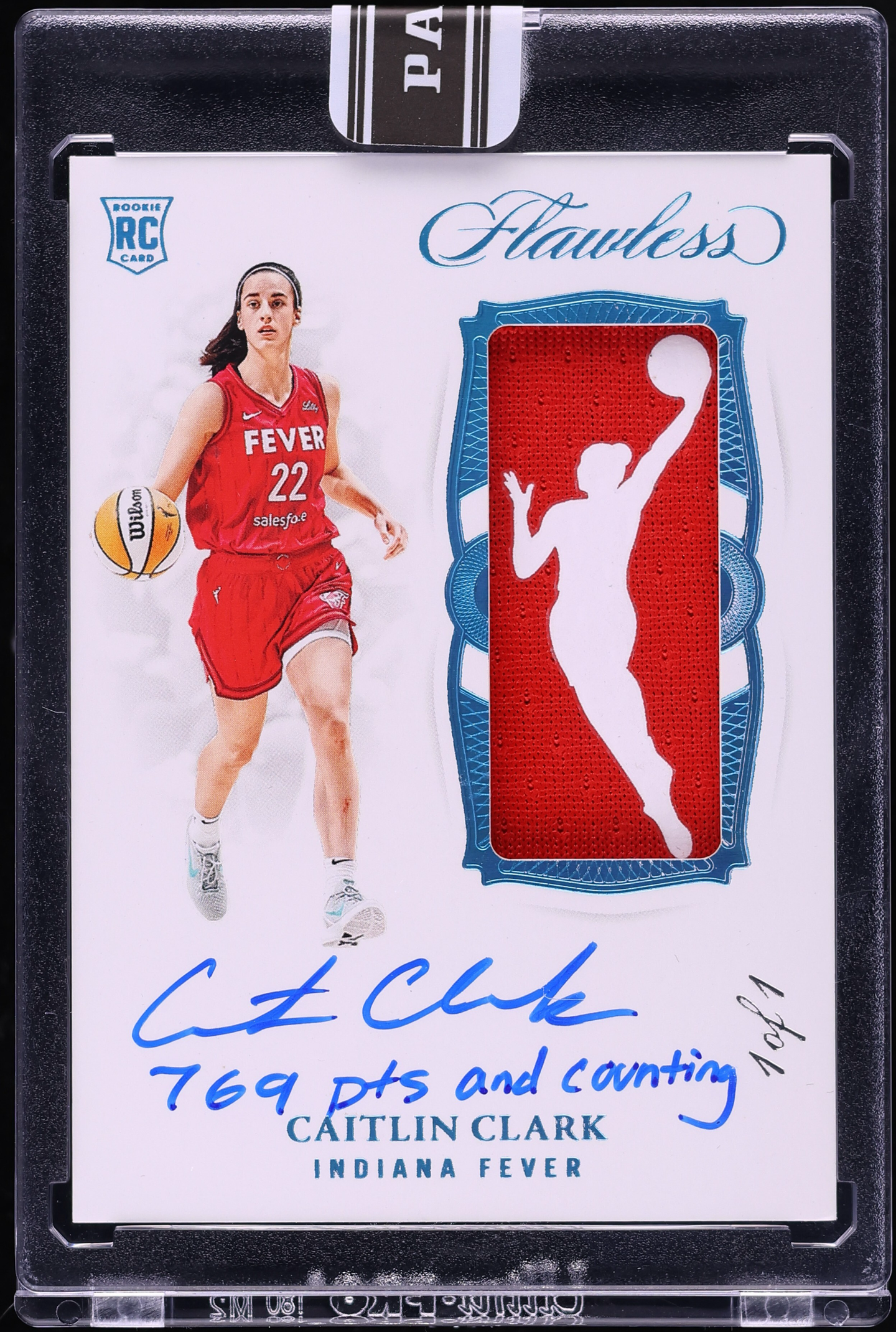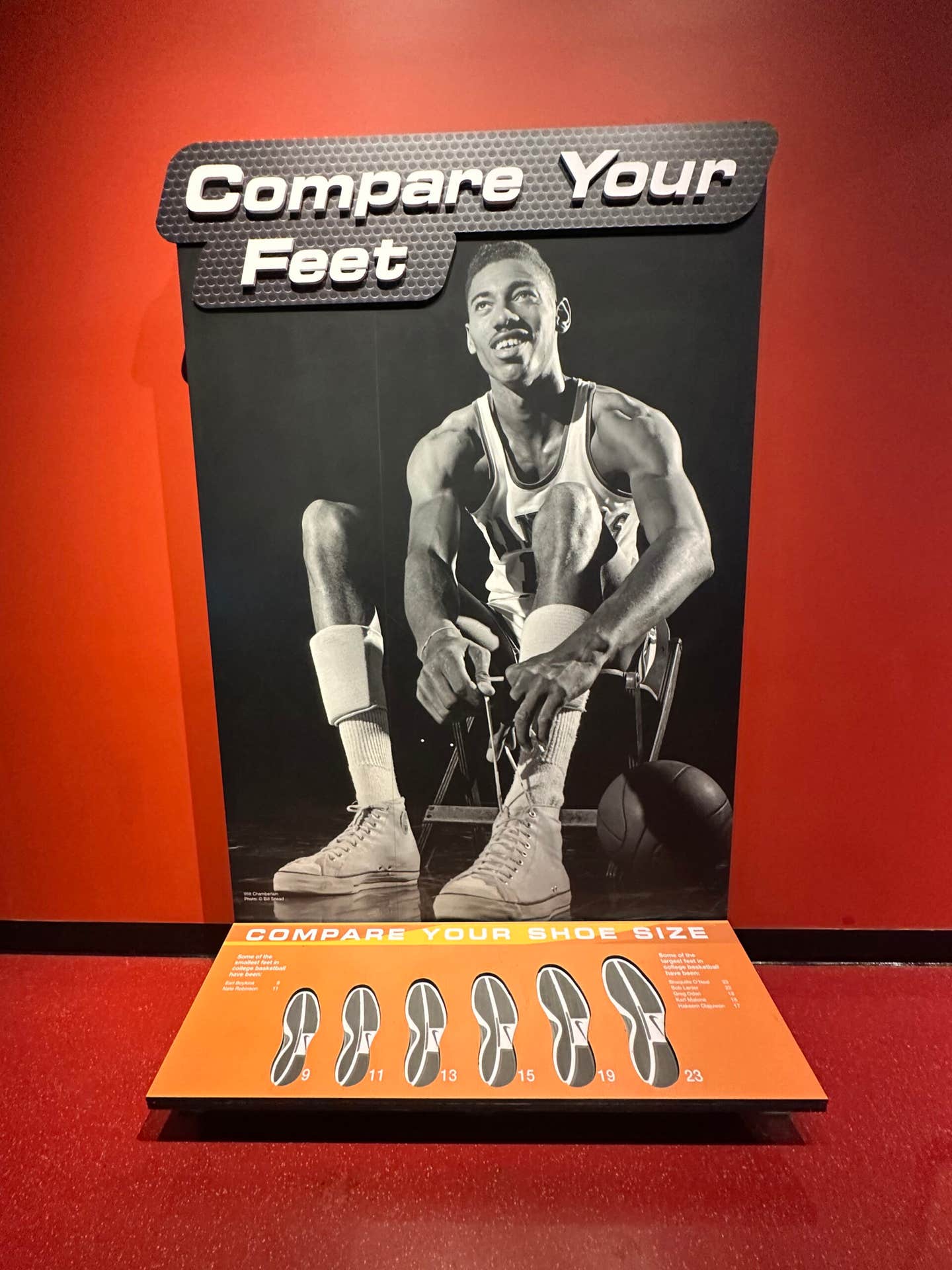News
Hobby Royalty: Jordan Still Rules . . . By a Mile
Sports Collectors Digest’s Hobby Royalty Series continues with basketball Hall of Famer Michael Jordan. Appearing in the July 10 issue will be Nolan Ryan.
Close your eyes and try to picture what the NBA would be like in 2009 had there been no Michael Jordan; now try to imagine what the basketball card and memorabilia hobby would look like without the vast armada of Jordan material that has been floated our way since he arrived at the professional level in 1984.
Five years after his final retirement (I’m almost certain of this), his presence in our hobby is still enormous. It might be funny to say that his induction into the Naismith Basketball Hall of Fame slated for this fall will provide some kind of boost on Sept. 11 to the Jordan legacy, but that might stretch credulity a bit. There are few hall of fame elections as thoroughly decided two decades before the fact as the elevation of Michael Jordan to official immortality.
Don’t take my word for it. The NBA’s website states: “By acclamation, Michael Jordan is the greatest basketball player of all time.” Try to be a little less ambiguous, will you guys?
It’s reasonable to postulate that Jordan’s induction ceremony on Sept. 11 is going to be big stuff, and as always, his timing couldn’t have been better. Facing a long-term debt load of between $4-$5 million, the Hall of Fame made news earlier in the year when speculation emerged about the facility having to sell some of its memorabilia or, gulp, the Hall of Fame itself in order to stay afloat. Having perhaps the most marketable athlete in history turn up at the head of this year’s induction class has to be a welcome bit of good fortune.
Jordan has some history in that regard, having helped propel the dramatic national and even worldwide expansion of the NBA after he landed in the league with a NCAA Championship and Olympic medal already tucked away. He would ultimately add six NBA titles, five MVP Awards, etc., etc., etc.
That’s not to be flippant about the vast list of accomplishments, but merely to acknowledge that reciting them hardly sheds much additional light on his unprecedented status in his own league, even post retirement No. 3. At his peak, he was earning a salary in excess of $30 million annually, a figure that was dwarfed by his yearly take from all his marketing slam-dunks. He probably served as a useful prototype for a young Tiger Woods in the deep water of the endorsement pool; even now, as he awaits the enshrinement festivities in September in Springfield, Mass., he is said to earn perhaps $40 million from his myriad business interests.
When Jordan arrived on the scene in 1984, sales of NBA-licensed merchandise totaled around $44 million annually; by the time Jordan and the Bulls won the first of their six NBA Championships in 1990-91, that figure had grown to about $750 million. Probably just a coincidence, much as the alleged rotation of the Earth and the arrival of glowing sunlight every morning may be unrelated occurrences.
By the time Jordan & Co. had their half-dozen trophies in hand, the merchandising numbers had more than tripled from that 1990 listing. Estimates at the time suggested that the Bulls accounted for anywhere from 1/3 to 1/2 of the total revenues.
There have been so many items created under the golden umbrella of his name and likeness that the challenges for collectors are epic. Between Wheaties boxes, posters, magazine covers, commemorative coins and plates, literally thousands of cards and related ephemera and then all the stuff linked to the dozens of product endorsement exclusives, you have a checklist that demands a real portion of self-restraint on the part of hobbyists. You can’t have it all, you can’t afford it all, you can’t come up with a space to store it all and, in truth, you can’t even keep up with it all. Collectors simply have to be selective.
It would be fun to come up with an estimate of how much money collectors have made in speculating on Michael Jordan pasteboards, to say nothing of the memorabilia items that range from game-used uniforms and equipment to the glitzy Upper Deck Authenticated framed pieces that remain a company mainstay even as Jordan himself edges up toward AARP territory.
Jordan’s 1986-87 Fleer rookie card was hardly gangbusters from the outset, which is less a reflection on the young Chicago Bulls star than it was on the card set itself. Topps had politely excused itself from the basketball card arena after 1982, leaving the arena to those odd little Star Co. team sets that quietly filled the vacuum for hoop collectors until Fleer stepped in for the historic 1986-87 issue.
While the Star Co. card included Jordan, the conventional assessment as a rookie card would be withheld for the nationally distributed Fleer issue, but even then it took awhile for the card to launch itself into the stratosphere. It took a couple of years to nudge its way past the $100 mark; after a decade it had soared past four digits.
The bad news is that it inevitably led to mischief from counterfeiters, who had a field day for some time in creating more than a half-dozen different bogus versions of the coveted card. Fortunately for serious collectors and investors, the development and rapid expansion of third-party card grading in the 1990s stalled much if not all of that mischief. These days, with top-graded specimens of the card selling for more than $6,000, it’s hard to imagine any Jordan rookie card changing hands without benefit of it being encased in plastic and anointed as authentic by the grading companies. To date, a whopping 12,147 have been thusly entombed by PSA.
The Jordan Problem revisited
The peculiar relationship between Jordan and the NBA seemed like a once in a lifetime development, i.e. with the notion of a player being nearly as big as the league itself, but lo and behold it more or less replicated itself on the PGA Tour as Tiger Woods came along just as Jordan was going into his “Now you see me, now you don’t, now you do” retirement phase (See, Michael served as a prototype for Tiger and Brett Favre).
One is tempted to say that Jordan passed along some sort of metaphorical torch to Tiger, except that the endorsement moola has kept coming for Jordan even in retirement. Of more immediate concern to the National Basketball Association is finding “the next Michael Jordan,” a process that has really been underway since before any of Jordan’s retirements.
Kobe and LeBron have the one-word name thing going for them, but they still have a ways to go to catch up to His Airness. It may, in fact, be a tad unfair to set the bar quite that high.
Odds and Ends
- Michael Jordan has appeared on the cover of Sports Collectors Digest more than a dozen times, but as impressive as that honor is, it is perhaps dwarfed by his four dozen-plus appearances on the cover of Sports Illustrated.
- Jordan's quixotic venture following Retirement No. 1 to become a professional baseball player was fodder for a thousand journalists but more saliently a kind of neat fantasy undertaking on behalf of his legion of fans. The man who looked like he was born on a basketball court managed to nicely humanize himself a bit with his serio-comic retirement announcement in October of 1993. He didn't much look like a baseball player, nor does he always look perfectly at home on the golf course, and if that sounds like a criticism, it shouldn't.








